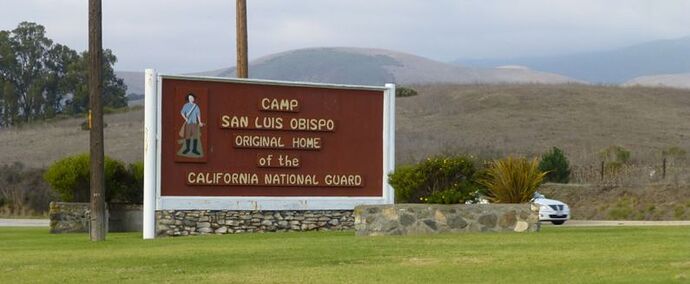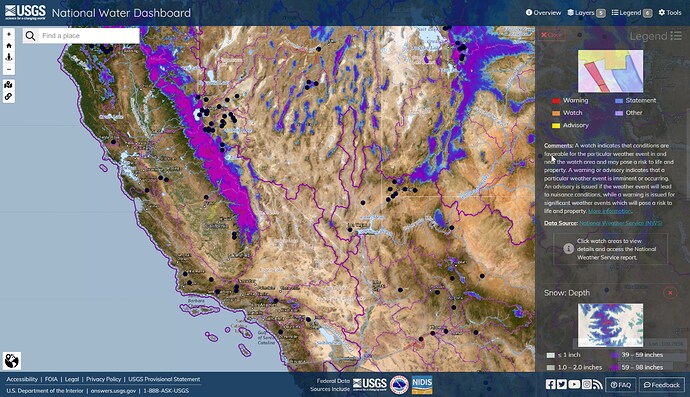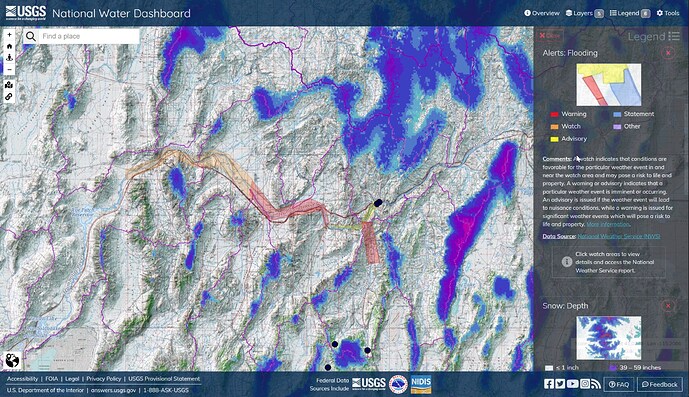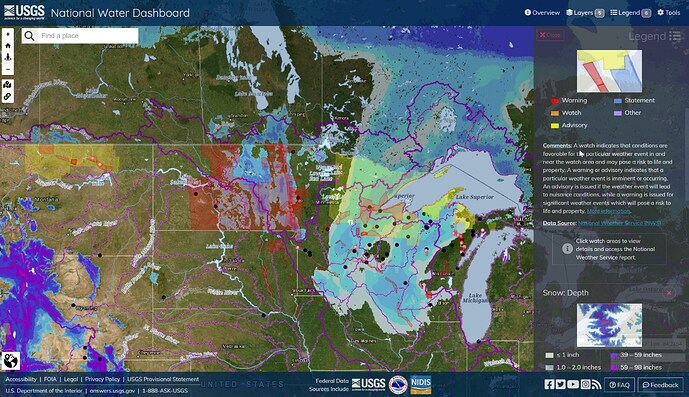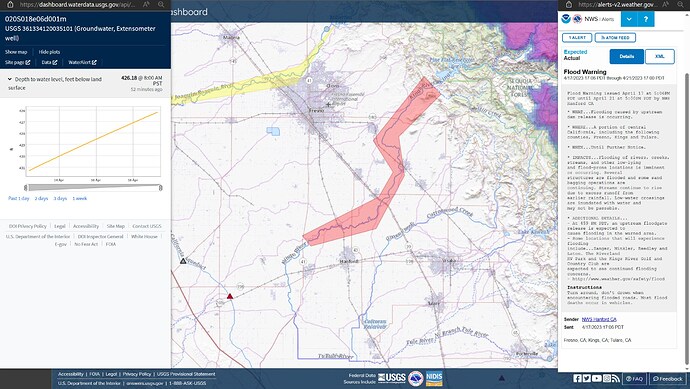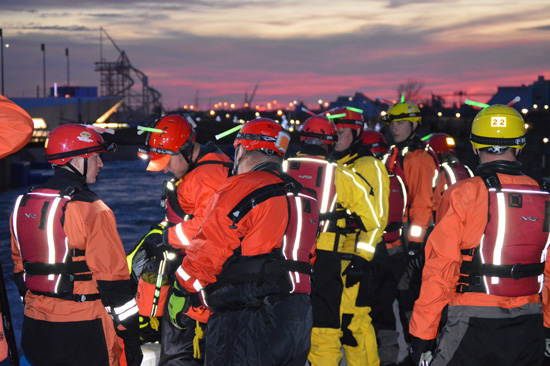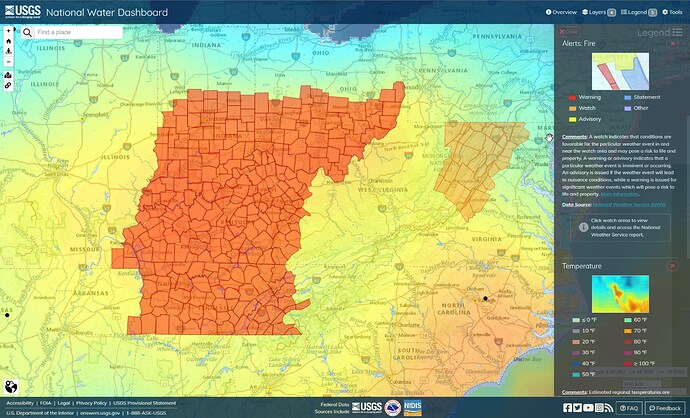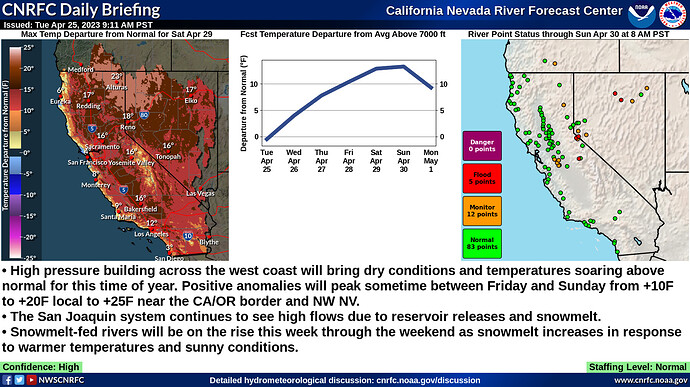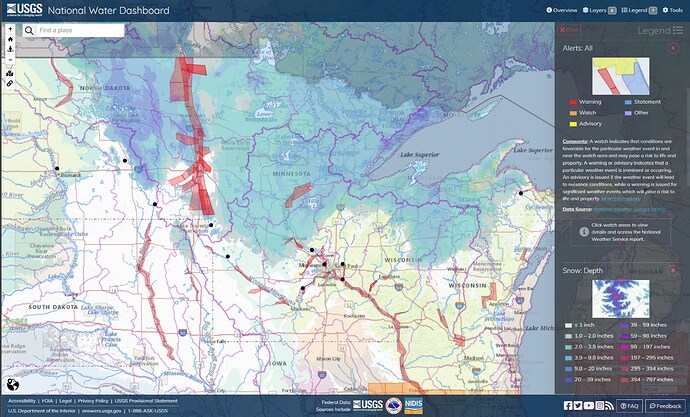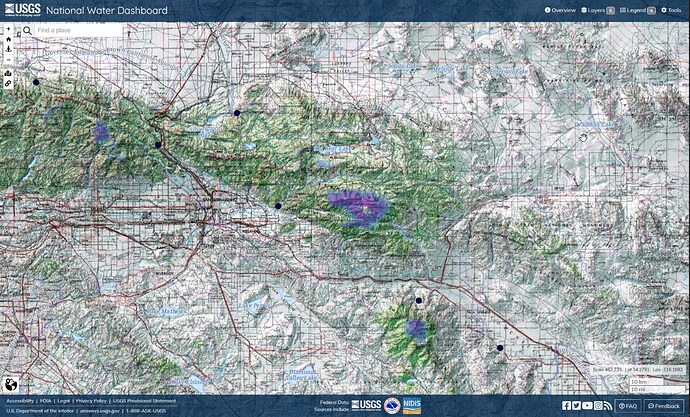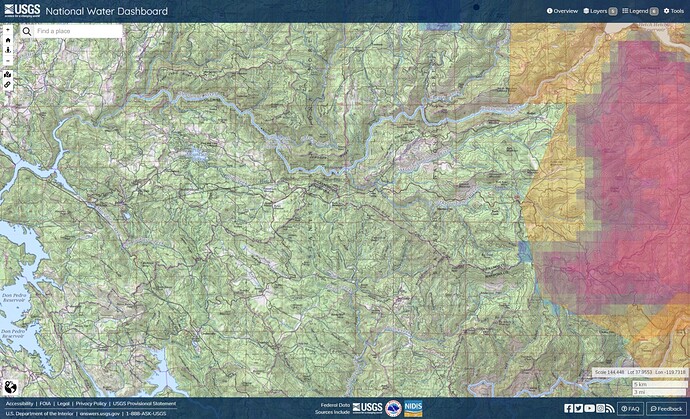A Swift Water Rescue Primer for EMS Providers - JEMS: EMS, Emergency Medical Services - Training, Paramedic, EMT News
By Greg Merrell, EMT
05.31.2017
Any time a swift water rescue incident occurs, it’s considered to be a dangerous operation and there’s extreme risk to all involved. The actions of the first arriving units form the foundation on which the incident will be built.
Principally, a wildland handcrew is not going to be in possession of a lot of swift water gear in the normal course of work. Nevertheless, a Type 1 or 2 crew, and even most Support crews have more preparation than most residents. I might be optimistic to say that the ‘first arriving units’ may very well be the victim’s crewmates.
It’s particularly gear, for an incident-within-an-incident, IWI, that will be wanting. There are several scenarios that a wildlands crew could encounter; felling on slopes, fording to get access across running streams, vegetation management and the like. Water safety courses are sometimes mandatory for agencies, but it isn’t always a guarantee that a crew member can swim!
This article provides a comprehensive overview and briefing of many salient factors that might be present at an incident-within-an-incident, IWI.
Responders should get out into their local area and look at the places in their community that continuously flood year after year. These areas can be pre-planned for hazards, access points and rescue tactics.
Clearly, this applies to a lot of activities of natural resources management and conservation besides Initial Attack, Extended Attack and mop up.
Rivers are natural fire lines, and natural fire hazards when the courses they cut run dry and steep; they are also natural gathering places and are responsible for a lot of decisions made on wildfires; crew and vehicle access, helo and scooper dips and ground engine and tanker resources.
The river’s bridges are critical when navigating landscapes, especially after severe storms or earthquakes and rivers often form municipal, parish, county and state boundaries, involving interagency cooperation and mutual aid.
Rivers are also factors in the use of fire retardant and where long-term consequences require particular tactics; debris flows, road access and dams.
Local responders should remain in tactically important locations, forward to the incident of mutual aid and IMT resources. The same familiarity with the ground serves both fire and swift water response.
